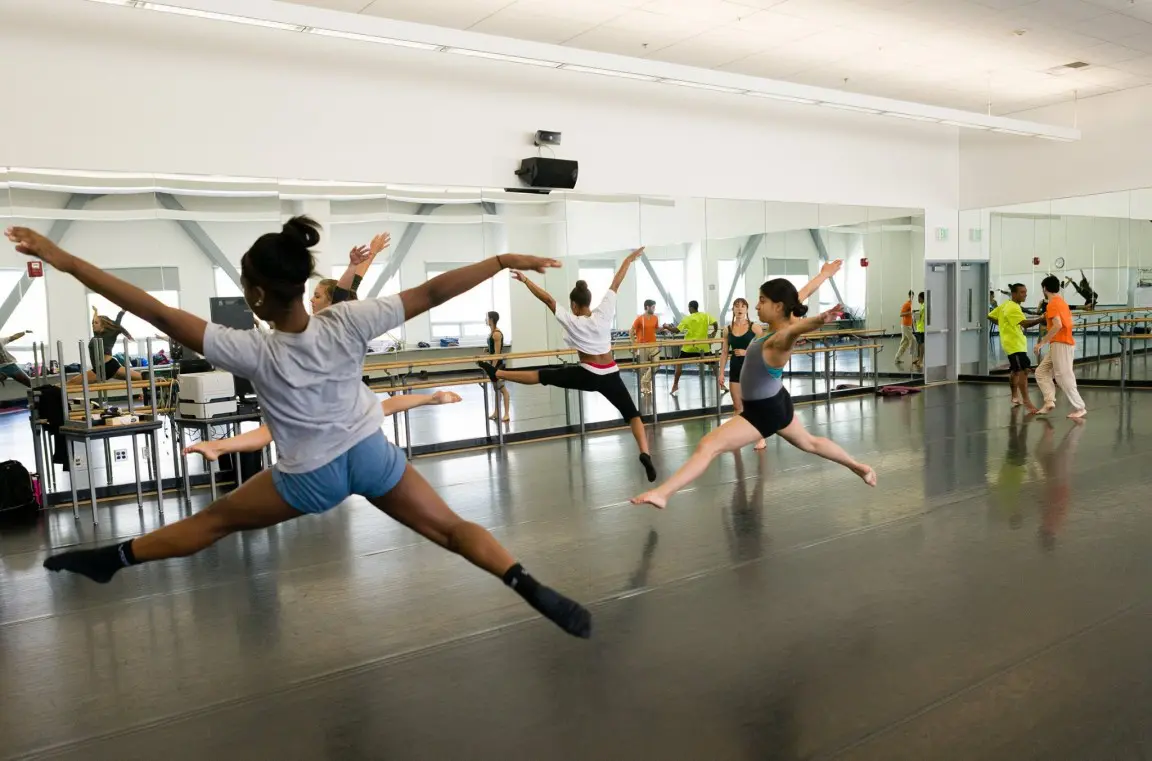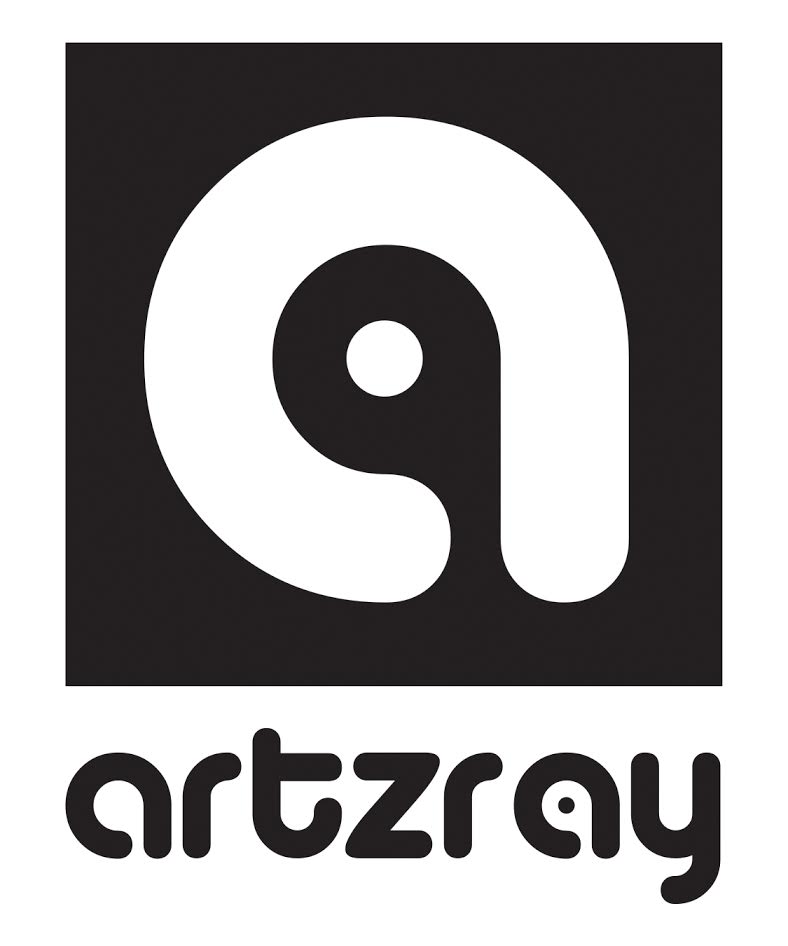Ten Ways to Know a Quality Teen Arts Program


How do you gauge the quality of a teen arts program?
Teen arts programs seem to be everywhere these days from your local community center to after school camps, but how do you know which programs will be the best for you? What questions should you ask before signing up? I’m Glenna Avila, Wallis Annenberg Director of Youth Programs and the Artistic Director of the Community Arts Partnership (CAP) program at California Institute of the Arts (CalArts). For 26 years, CAP has been dedicated to providing arts programs for thousands of teenagers throughout Los Angeles County so we know what to look for in quality programming.
If you are a high school arts student, teacher or parent, here are our top ten questions to ask before you take or recommend a class:
#1 Who is teaching the class?
Teachers are the key to high quality arts programs for teenagers. A great teacher can make all the difference and serve to change lives. Who are the faculty and how are they trained? Do they have track records of participating in professional exhibitions or performances? How does the organization train its instructors? Do they have a Teaching Philosophy and will they share it with you? Are the instructors diverse and do they represent the diversity of the students in the program? Does the instruction include collaborative group projects (for team-building and cooperation skills) as well as individual works? Is there time for one-on-one mentorship?
#2 How long has the organization existed?
You may want to check out the history of the organization—how long has it been offering arts programs for teens and does the mission statement place the arts and youth first? You can also check for quality by glancing at the list of foundations, corporations, individuals, and government agencies who fund the organization—if an organization is funded by the National Endowment for the Arts or the California Arts Council, for example, you can be assured that it has endured a rigorous check for quality and innovation.
#3 How much does it cost?
For most families, cost is a consideration. Are the classes fee-based or tuition-free? Look at any attempt to make the program accessible and inclusive of all students irrespective of their ability to pay. Not all families have the means to send their kids to extra curricular arts programs. If the programs are not free, look for scholarships that may be available and make sure that the applications are simple, barrier-free and non-intrusive.
#4 Is the program staff accessible?
You may have lots of questions and need to speak with the program staff. Are they friendly, enthusiastic, easily accessible, and do they answer questions in a timely manner? Are they helpful? Are they diverse? Can they speak multiple languages? Are they willing to help students with their applications and portfolios or work samples? How well do the staff communicate with the students and parents?
#5 Where is the program located?
Is the location easily accessible to public transportation? Is free parking or street parking nearby? Are the facilities well-maintained, clean and organized?
#6 Does the curriculum engage teenagers?
Are the projects designed specifically for teens and do they challenge the students to think in different ways and take risks with their work? Do the projects encourage creativity or are they prescribed? Look at the length of the classes—do they allow for a good length of time in which students can engage with their art form? This means a class length of at least 2-3 hours. Does the class include critiques of the students’ work and are these critiques gentle, helpful, positive, and constructive? Are art supplies generously provided for the students? Are the students given time to look at art and listen to music, connecting their learning to the history of the art forms?
#7 Is there an effort to engage the parents?
Are there meetings with the parents before the program begins? Are parents communicated with in a substantial way before and during the classes? Are the parents and families invited to the culminating exhibition and/or performance at the end of the class session?
#8 Is the website informative and easy to navigate?
Can you find what you need in a timely manner? Does the website list information that you have questions about?
#9 Are extras included?
Many things can provide added value to an arts program. For example, are students taken to museums, concert halls, and theaters to experience professional performances and visual art exhibitions? Are visiting professional artists included so that students can meet and see the art work of professional, contemporary artists in person? And some organizations will provide a college fair or career day, where students can learn about the possibilities for their future and receive information regarding scholarships and financial aid. Some of these extras also include necessary art supplies and/or musical instruments, nearby or associated medical and mental health professionals, and good healthy food, snacks, and drinking water.
#10 Is there a culminating exhibition or performance?
Having a culmination gives students and families the opportunity to exhibit and perform in a professional venue and to assess and review the work created in the program. Does the organization give participating students the opportunity to perform and/or exhibit their work in a professional space? Is the art work celebrated in a public performance or exhibition? Are parents and families invited to attend, as well as the general public?
The CalArts Community Arts Partnership (CAP) has been committed to offering the highest quality arts programs for youth in the visual, performing, literary, and media arts. CAP programs are taught by CalArts faculty artists, alumni, and current students in teams, bringing the student-teacher ratio in CAP classes to an unmatched 4:1. All CAP youth participants are eligible to receive CAP scholarships to CalArts, provided that they apply and are accepted. This is how CAP makes real and accessible the training and future careers of the young artists who participate in its arts programs.
“Keep striving to get involved in high quality arts programs—you deserve the best!”
March 28th is the upcoming deadline to apply for the CAP Summer Arts Program for Los Angeles area 10th, 11th, and 12th graders graduating in May or June 2016, the opportunity to participate in a free, three-week intensive summer arts program where students can choose to study the visual arts, animation and film, dance, music, or theater. Classes take place Mondays through Thursdays, from 10:00 am to 5:00 pm and are taught by CalArts faculty, alumni, and current students. This summer the program is taking place at ArTES High School located on the Cesar E. Chavez Learning Academies campus in Sylmar. Applications are available on the CalArts website at www.calarts.edu/cap.
Glenna Avila is an artist, educator, and arts administrator and is dedicated to the arts, young people, and communities, which she considers a component of her arts practice. She is currently the Wallis Annenberg Director of Youth Programs and the Artistic Director of the Community Arts Partnership (CAP) program at California Institute of the Arts (CalArts). She was the Founding Director of the CAP program and has worked to bring it to national attention since 1991. Before coming to CalArts, she worked for 14 years with the City of Los Angeles Department of Cultural Affairs as Director of several community art centers. She received her MA in Art from the University of New Mexico and her BA in Art from UCLA, and has exhibited her work throughout the United States.








